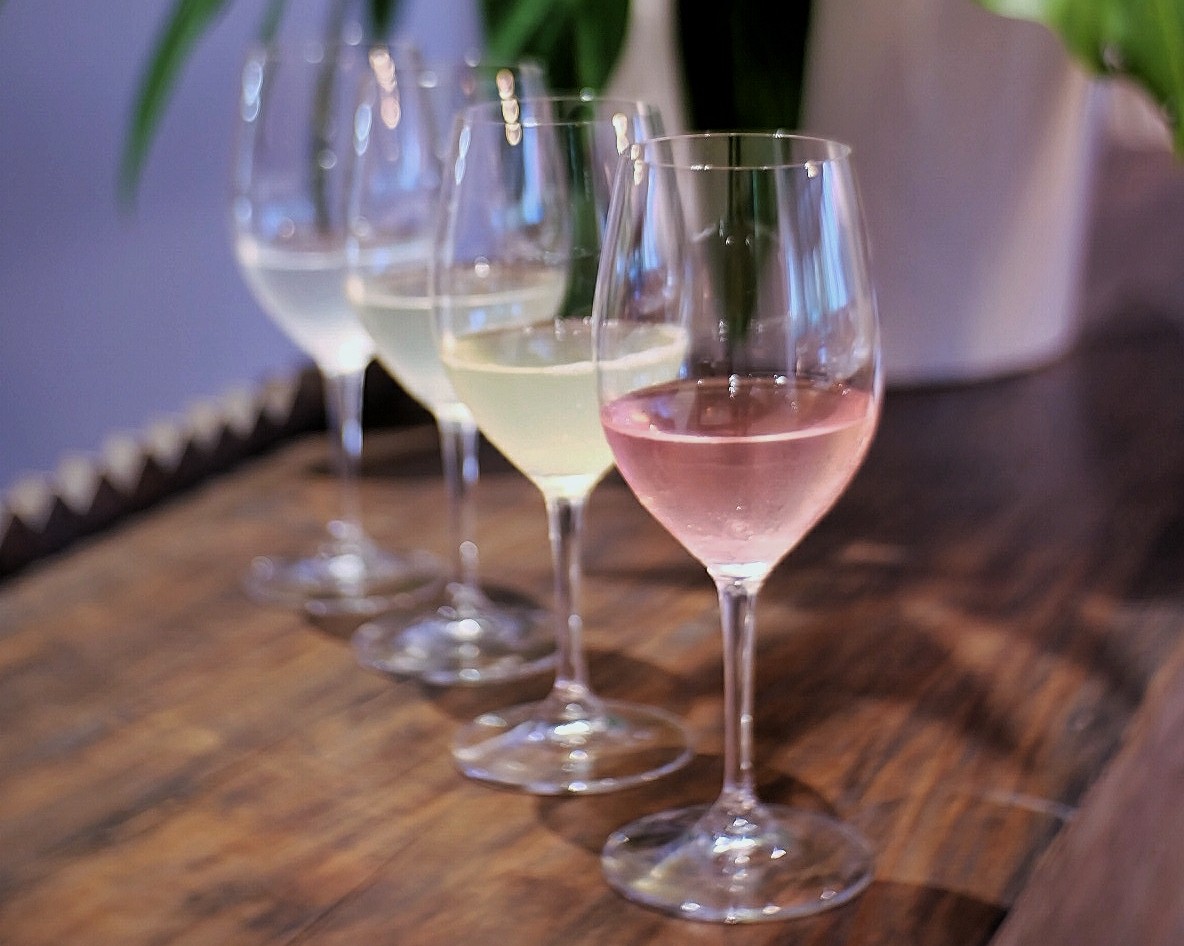Popular Reads
Top Results
Can't find what you're looking for?
View all search resultsPopular Reads
Top Results
Can't find what you're looking for?
View all search resultsJuice pairing for special dining experiences
A culinary trend that’s rather overlooked, juice pairing is an interesting alternative for dining.
Change text size
Gift Premium Articles
to Anyone
A
culinary trend that’s rather overlooked, juice pairing is an interesting alternative for dining — especially when it comes to special dining moments, where each food is meticulously prepared to be paired with a special drink.
When a wine pairing is not an option — for instance, because of religious reasons, health conditions or pregnancy — juice pairings have been offered in many upscale restaurants.
More than just fruit juice, however, other ingredients can also be used to create the pairing.
Noma in Copenhagen, Denmark — which has been a regular in the top five of the World’s 50 Best Restaurants list — is known as a restaurant that offers nonalcoholic drink pairings. According to telegraph.co.uk, Noma comes up with blends most diners have never imagined, such as apple and pine shoot, sorrel, nasturtium, rose kombucha and even a juice containing ant paste.
All blends are crafted to match the flavor profile of each food in their Michelin-starred tasting menu, involving rare ingredients through a rather complicated process. The rose kombucha, for example, is made of rose petals distilled into pure rose water.
Such a complicated process is necessary, as each drink needs to complement each course of food like wine. It is therefore common to include fermentation, herbal infusions and complex layers of flavors. Of course, a nonalcoholic pairing is more complex than just opening a carton of juice and pouring it into the glass.
Speaking of juice pairing, foodies might like to try it at Nusa Indonesian Gastronomy in Jakarta. They offer a flight of juice pairs for their food creations. Four kinds of fermented juice are available, namely honje (torch ginger seed), rose apple, pineapple and sugarcane. Each ingredient is first neutralized with coconut water, boiled to 80 degrees Celsius and then fermented for seven days.
The fermentation process results in good bacteria, nutrition and high levels of antioxidants in the drinks. It is also meant to achieve the desired light but flavorful character of the drinks, to balance the food.
Torch ginger fermented juice is good when paired with seafood, while rose apple is a match for poultry dishes with strong spices. Fermented sugarcane juice, on the other hand, could be used to match such desserts as chocolate gelato, mousse and sponge cake.
Read also: Jakarta’s bartenders craft love libations
When dining and entertaining at home, juice pairing can be fun to try. Although homemade or store-bought juice might be too thick for pairing, there are simple ways to dilute them, for instance by mixing the juice with still or sparkling water. Otherwise, try to mix the juice with squeezed lemon, lime or grapefruit, and serve it in jugs with ice cubes.











